Image Not Available
for Pierre Daura
Pierre Daura
Catalan-American, 1886 - 1976
Birth-PlaceMinorca, Spain
Death-PlaceRockbridge Baths, VA
BiographyPedro Francisco Daura y Garcia (February 21, 1896 – January 1, 1976) was born on Minorca, Balearic Islands, Spain, a few days before his parents returned to their home in Barcelona and registered his birth there as February 21, 1896. In Paris, in 1914, his French identity papers were issued with Pierre as his given name, and that is how he is usually known; however, he is known as Pere where Catalan is spoken.[1][2]Daura's father, Juan Daura y Sendra, was a musician in the Barcelona Liceo Orchestra and a textile merchant.[3] His godfather was the famed cellist Pablo Casals.[4] His mother, Rosa de Lima Garcia y Martinez, died when he was seven. He and two younger siblings, Ricardo and Mercedes, were raised by their father, who never remarried.
Daura received his art education at the Academy of Fine Arts in Barcelona, known as "La Llotja". His teachers included José Ruiz y Blasco (Pablo Picasso's father) and Joseph Calvo. Whilst at La Llotja he also worked for the stage deisgner Joaquim Jimenez y Sola. At age fourteen, with his young friends Emilio Bosch-Roger and Vidal Salichs, he set up a studio and sold his first painting at his inaugural exhibition to the Catalan artist and collector Pascual Monturiol, who said it reminded him of Paul Cézanne's work.[5][6] In 1914, Calvo urged Daura to go to Paris to pursue his art career. He arrived there in the early summer that year and first worked in the studio of Émile Bernard, with whom he was friends for many years.[7] Later, he studied engraving under André Lambert.[8]
From 1917 to 1920, Daura served his three years of compulsory Spanish military service on Minorca and then returned to Paris[9] In 1923, whilst painting a mural in Normandy, the scaffolding collapsed. He was badly injured, and his left hand became permanently useless because of nerve damage.[10] From 1925 to 1927, Daura and Gustavo Cochet, an Argentine artist, designed and made batik material for couturiers, until fire destroyed their studio and business.
In the 1920s Daura frequently exhibited with the group Agrupacio d'Artistes Catalans, usually in Barcelona.[11] In 1922 and 1926[12] he exhibited at the Salon d'Automne in Paris, but in 1928 he joined four others rejected by the Salon, Joaquín Torres García, Jean Hélion, Ernest Engel-Rozier, and Alfred Aberdam, held a critically acclaimed exhibition at Gallery Marck: Cinq Peintres Refusés par le Jury du Salon.[13] Daura had met Torres-Garcia in 1925, encouraged him to move to Paris, and arranged for Torres-Garcia's first show there, at Gallery A.G. Fabre in 1926.
In 1927, Daura met Louise Heron Blair of Richmond, Virginia, who was studying art in Paris, and they married in 1928. Several years later Louise's sister married Hélion.[14]
In 1929–30, Daura joined Michel Seuphor and Torres-Garcia in organizing the group Cercle et Carré (Circle and Square), which promoted geometric construction and abstraction in opposition to Surrealism. Cercle et Carré included Jean Arp, Wassily Kandinsky, Fernand Léger, Piet Mondrian, Antoine Pevsner, Kurt Schwitters, Joseph Stella, Georges Vantongerloo, and others. Daura designed the group's logo, which appeared on stationary, posters, and the three issues of a review; Torres-Garcia also used it later for his Círculo y Cuadrado (a name that also translates as Circle and Square) group in Uruguay. The only Cercle et Carré exhibition was held at Gallery 23, in Paris in April 1930.[15] Virtually ignored by the French press at the time, Cercle et Carré is now considered of great importance in the history of modern art. In February 1937, at the age of forty-one, Daura joined the Republican militia to fight against General Francisco Franco's forces. He was forward artillery observer and was seriously wounded on the Teruel Front in August 1937. Sent home to France to convalesce, Daura was given a medical discharge.[25] Because he refused to return to Spain after the war, his Spanish citizenship (and Martha's) was revoked by the Franco government, which emerged victorious.
Louise became seriously ill, and in early July 1939 the family made an emergency medical trip to Virginia. She recovered, but World War II prevented their return to France. They established permanent residence in Virginia, and Pierre and Martha became naturalized U.S. citizens in 1943. Following the war, the family returned to their home in St. Cirq most summers.[26] Rockbridge Baths, Virginia is a small village in the foothills of the Allegheny Mountains, near Lexington, named after the warm springs once used as a spa there.[27] Louise's mother gave her property there, including the springs, and the Dauras used a modest building on the land as a vacation home beginning with their first visit to Virginia in 1934–35.[28] They also lived at the baths after they came to Virginia in July 1939 until early 1942, when they moved as caretakers to "Tuckaway", an historic property in Rockbridge County near Lexington.[29] In the late summer of 1945 they moved to Lynchburg, Virginia, where Daura was chairman of the art department at Lynchburg College for the 1945–46 academic year.[30] He taught studio art at Randolph-Macon Woman's College from 1946 to 1953, then returned to painting and sculpture full-time.[31]
In 1959 the Dauras built a contemporary house beside the springs at Rockbridge Baths where they lived the rest of their lives.[32] Louise died November 10, 1972, and Pierre on January 1, 1976. They are both buried in the cemetery of Bethesda Presbyterian Church in Rockbridge Baths.[33]
Person TypeIndividual
American, 1859 - 1931
American, 1878 - 1942











